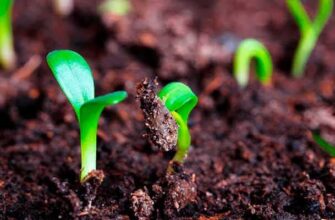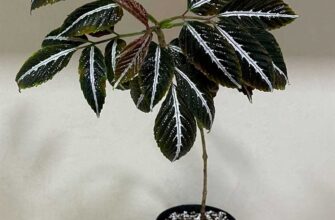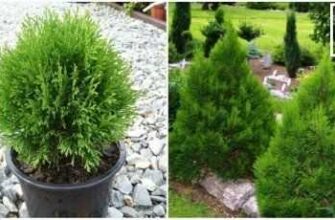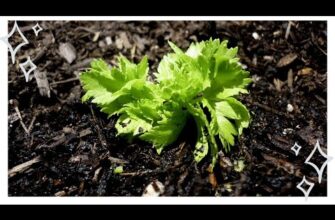- Осмотр саженцев перед посадкой роз
- Подготовка к осмотру
- Осмотр саженцев
- Подготовка почвы для посадки роз
- Выбор подходящего места для посадки роз
- Как правильно подготовить почву для посадки роз
- Как выбрать правильное время для посадки роз
- Правила подкормки роз после посадки
- Осмотр роз
- Подготовка посадочной ямы
- Правила полива роз после посадки
- Как правильно укрепить саженцы роз в почве
- Правила укрепления саженцев роз:
- Как обеспечить розам правильный световой режим
- Правила обрезки роз после посадки
- 1. Осмотр посадочной ямы перед обрезкой
- 2. Подготовка инструментов и материалов
- 3. Обрезка побегов и листьев
- 4. Формирование кроны розы
- Вопрос-ответ:
- Как выбрать качественные саженцы роз?
- Как подготовить посадочную яму для роз?
- Как правильно сажать розы в посадочную яму?
- Какая почва подходит для посадки роз?
- Видео:
- Посадка роз: подготовка к высаживанию, посадочная яма, удобрения
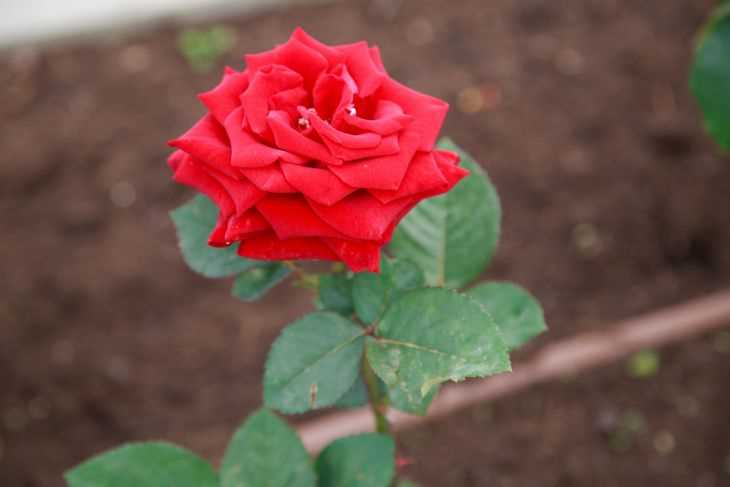
Сажение роз — это важный этап возделывания этого красивого цветка. Чтобы розы хорошо росли и радовали глаз своими яркими цветами, необходимо правильно подготовить посадочную яму и осмотреть саженцы перед посадкой.
Перед тем, как приступить к посадке роз, нужно осмотреть саженцы. Отдайте предпочтение саженцам с разветленными корнями и без повреждений. Также обратите внимание на состояние листьев и побегов — они должны быть здоровыми и без признаков болезней.
После осмотра саженцев необходимо подготовить посадочную яму. Копайте яму глубиной и шириной около 40 сантиметров. Дно ямы должно быть рыхлым и хорошо удобренным компостом или перегноем. Также рекомендуется добавить в яму комплексное минеральное удобрение.
Осмотр саженцев перед посадкой роз

Перед тем как приступить к посадке роз, необходимо провести тщательный осмотр саженцев. Это важный этап подготовки, который поможет выбрать здоровые и качественные растения для посадки.
Подготовка к осмотру
Для осмотра саженцев удобно выбрать светлую и просторную местность. Подготовьте яму или стол для размещения растений. Важно, чтобы вокруг было достаточно света для тщательного осмотра каждого саженца.
Осмотр саженцев
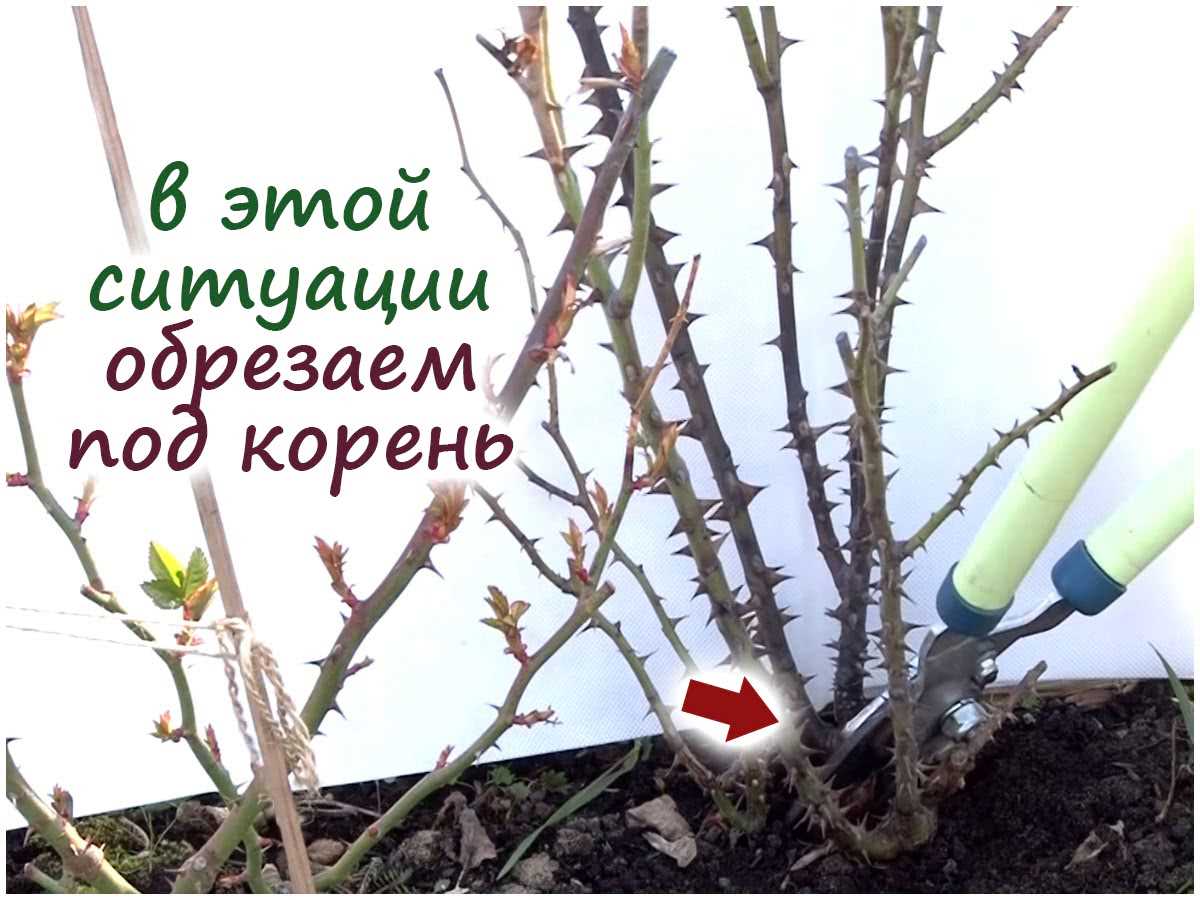
При осмотре саженцев обращайте внимание на следующие моменты:
- Корневая система: проверьте, чтобы корни были целыми и здоровыми. Избегайте саженцев с поврежденными, гнилыми или пересохшими корнями.
- Стебель и листья: обратите внимание на состояние стебля и листьев. Они должны быть зелеными и упругими, без видимых повреждений или болезней.
- Бутон: проверьте, есть ли бутон на саженце. Наличие бутона говорит о здоровом растении и возможности скорой цветения.
- Паразиты и болезни: обратите внимание на наличие паразитов или признаки болезни на саженце. Избегайте покупки растений с такими проблемами, чтобы не заразить вашу розарий.
Проведя тщательный осмотр саженцев, вы сможете выбрать лучшие растения для посадки в вашу посадочную яму. Не бойтесь задавать вопросы продавцу или специалисту, если у вас есть сомнения или неопределенности по поводу качества саженцев.
Подготовка почвы для посадки роз

Подготовка почвы является важным этапом при посадке роз. Прежде всего, необходимо осмотреть саженцы на наличие заболеваний или повреждений. Такие саженцы лучше не использовать, чтобы не заражать остальные растения.
Затем необходимо подготовить посадочную яму для роз. Яма должна быть достаточно глубокой и широкой, чтобы корни роз могли свободно развиваться. Рекомендуется добавить в яму компост или перегной для улучшения плодородия почвы.
Для обеспечения хорошего дренажа в яму можно добавить гравий или керамзит. Это позволит избежать застоя воды и переувлажнения корневой системы роз.
После подготовки ямы необходимо внести удобрение для роз. Лучше всего использовать специальные удобрения, которые содержат необходимый комплекс питательных веществ для роз. Удобрение нужно равномерно распределить по яме и хорошо перемешать с почвой.
После всех подготовительных работ почва готова к посадке роз. Помните, что розы требуют регулярного полива, ухода и подкормки, поэтому важно правильно подготовить почву и обеспечить растения всем необходимым для их роста и развития.
Выбор подходящего места для посадки роз
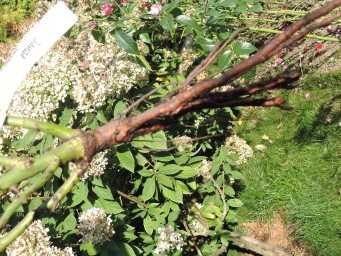
Подготовка к посадке роз начинается с осмотра саженцев и выбора подходящего места для их посадки. Осмотр саженцев позволяет определить их состояние и выбрать наиболее здоровые и крепкие экземпляры.
Для успешного развития розы необходимо выбрать подходящее место, где она будет чувствовать себя комфортно. Яма для посадки роз должна быть подготовлена заранее. Она должна быть достаточно глубокой и широкой, чтобы разместить корневую систему розы.
Важно выбрать место, где розы будут получать достаточно солнечного света. Розы любят свет и без его достаточного количества они не смогут полноценно развиваться и цвести. Однако, стоит помнить, что розы не переносят чрезмерное пекло и жару, поэтому следует выбирать место с частичной тенью или с защитой от сильных лучей солнца во время самого жаркого времени суток.
Как правильно подготовить почву для посадки роз
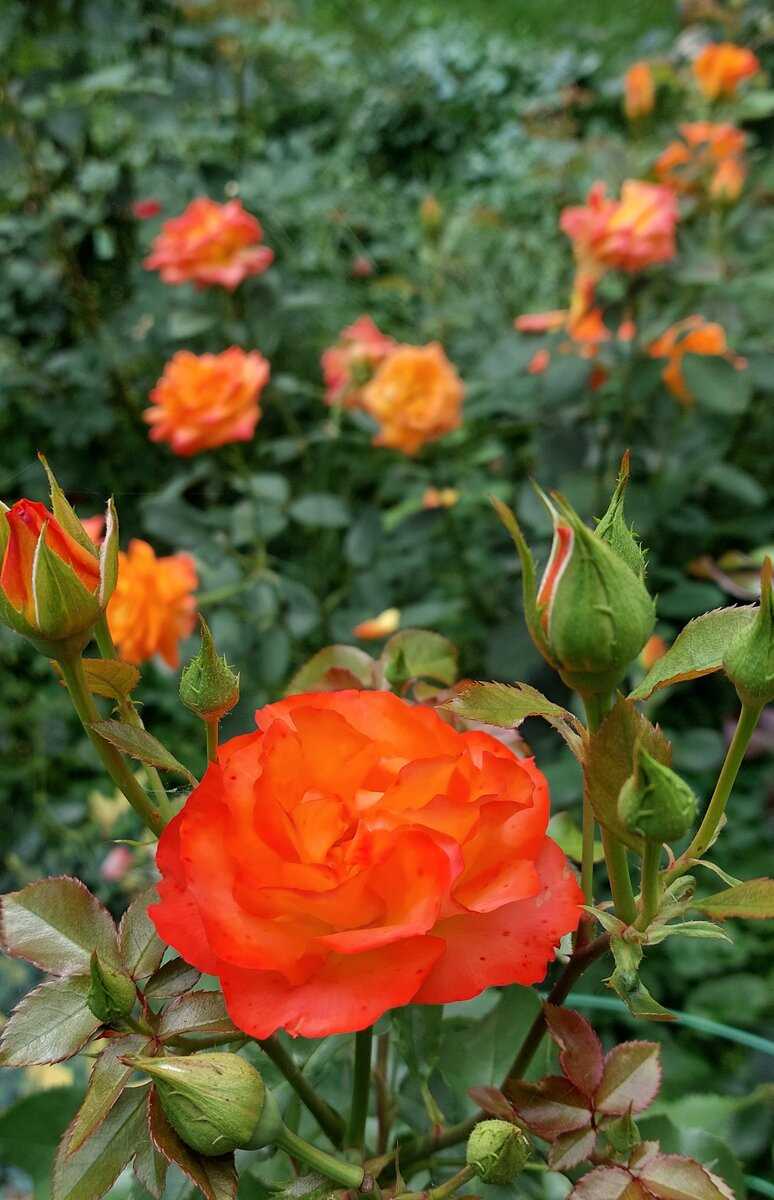
При подготовке почвы для посадки роз необходимо уделить внимание нескольким важным аспектам. Сначала следует выбрать подходящую посадочную яму, которая должна быть достаточно глубокой и просторной для развития корневой системы саженцев.
Для улучшения плодородия почвы в посадочной яме необходимо добавить органический материал, такой как перегной или компост. Это поможет обеспечить достаточное количество питательных веществ для рослин.
Еще одним важным аспектом является правильное увлажнение почвы перед посадкой саженцев роз. Для этого можно использовать полив или залить яму водой за несколько дней до посадки. Это позволит корням растения получить достаточное количество влаги.
Не забывайте также про важность правильного положения саженцев в яме. Корневая шейка растения должна находиться на уровне почвы или немного выше. Это поможет избежать гниения корней и повысит шансы успешной посадки и роста роз.
Как выбрать правильное время для посадки роз
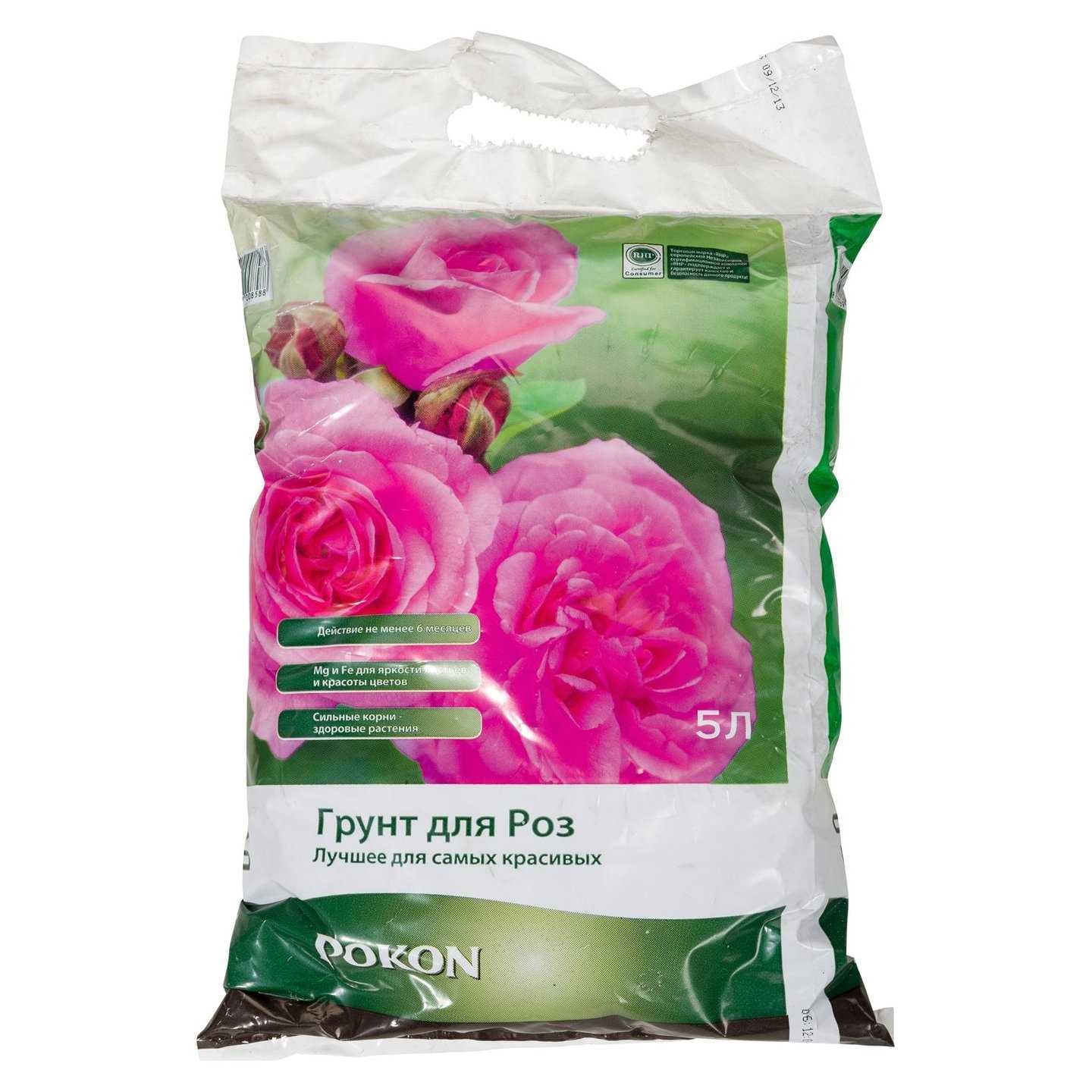
Осмотр саженцев перед посадкой роз является важным этапом подготовки. Необходимо выбрать здоровые и крепкие саженцы, чтобы обеспечить успешную посадку и дальнейшее развитие роз. Осмотрите корни саженцев на наличие гнили, повреждений и сухости. Размер корневой системы также важен — она должна быть достаточно развита и иметь много мелких корешков.
Правильная подготовка посадочной ямы также влияет на успешность посадки роз. Поиските место, где будет достаточно солнечного света, но не слишком жарко. Земля должна быть хорошо дренированной, чтобы избежать застоя воды у корней роз. Глубина ямы должна быть достаточной, чтобы полностью погрузить саженец, и ширина — чтобы обеспечить свободное распространение корневой системы.
Важно выбрать правильное время для посадки роз. Лучшее время для этого — ранняя весна или поздняя осень. Весной почва уже прогрелась после зимы, что способствует активному росту роз. Осенью посадка роз позволяет им укорениться перед зимним холодом. Избегайте посадки роз в жаркий летний период, когда они могут испытывать стресс от жары и засухи.
Правила подкормки роз после посадки
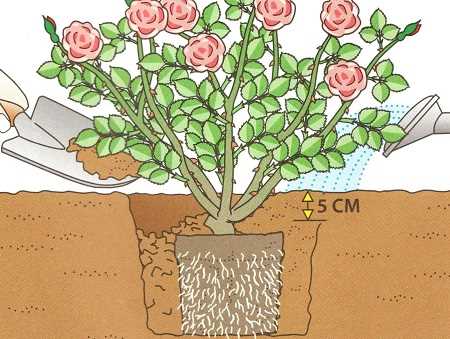
После того как саженцы роз были посажены в яму, необходимо обеспечить им правильный уход и подкормку. Правильное питание после посадки поможет розам лучше прижиться и развиваться.
Осмотр роз
Перед началом подкормки необходимо осмотреть саженцы роз. Обратите внимание на их общее состояние, наличие здоровых листьев и корней. Если вы заметили повреждения или какие-либо проблемы, решите их перед началом подкормки.
Подготовка посадочной ямы
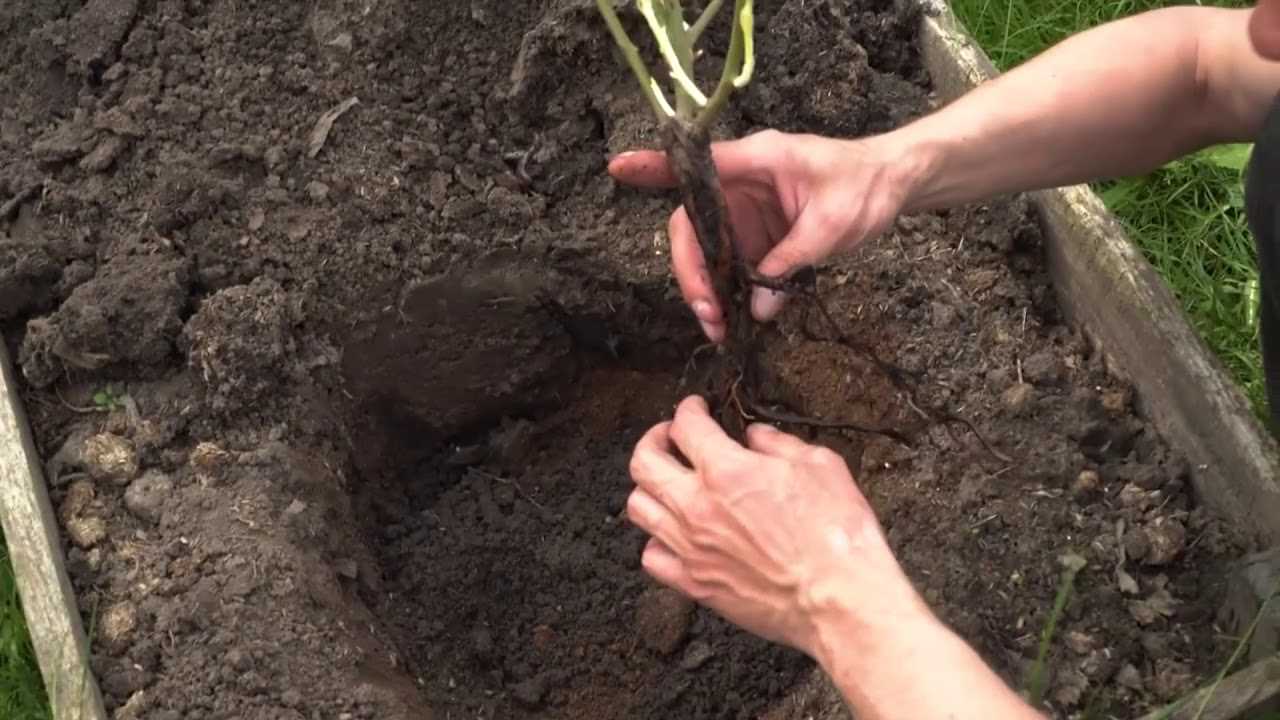
Перед подкормкой роз необходимо провести подготовку посадочной ямы. Убедитесь, что почва достаточно рыхлая и хорошо дренирована. Если почва неподходящая, можно добавить песок или перегной для улучшения ее структуры.
Выберите правильные удобрения для подкормки роз после посадки. Они должны содержать необходимые микроэлементы и питательные вещества. Рекомендуется использовать специальные удобрения для роз, которые содержат азот, фосфор и калий.
Правила подкормки роз после посадки могут различаться в зависимости от сорта и условий выращивания. Следуйте инструкциям на упаковке удобрений и регулярно проверяйте состояние роз. Подкормку роз рекомендуется проводить регулярно, но не чаще одного раза в месяц.
Не забывайте, что подкормка роз после посадки является важной частью ухода за растением. Правильная подкормка поможет розам расти и развиваться, а также повысит их устойчивость к болезням и вредителям.
Так стоп!!! Вы всё ещё не подписаны на наши каналы в Телеграмм и Дзен? Посмотрите: ТГ - (@historyfantasydetectivechat) и Дзен (https://dzen.ru/myshortsstorys)
Правила полива роз после посадки

Выбор посадочной ямы и подготовка саженцев важны, но также важно обратить внимание на правила полива роз после посадки. Правильный полив поможет розам успешно укорениться и развиваться.
1. Режим полива
Сразу после посадки саженцев в посадочную яму следует хорошо полить землю. В дальнейшем полив роз должен выполняться регулярно, особенно в период активного роста и цветения. Частота полива зависит от погодных условий и почвенной влажности.
2. Количество воды
При поливе роз нужно обеспечивать достаточное количество воды для увлажнения корневой системы. Розы требуют больше влаги в период активного роста, поэтому в этот период полив следует проводить более обильно.
3. Способ полива
Лучше всего поливать розы под корень, чтобы вода достигала корней и обеспечивала их увлажнение. Используйте поливальные канистры или шланг с насадкой, способствующей равномерному распределению воды.
4. Время полива
Лучшее время для полива роз — утро или вечер, когда солнце не так активно и вода будет лучше впитываться почвой. Избегайте полива в жару, чтобы не нанести вред розам и не вызвать обжиг листьев.
Как правильно укрепить саженцы роз в почве
Осмотрев посадочную яму и подготовив ее к посадке, необходимо правильно укрепить саженцы роз в почве. Это поможет им успешно прижиться и развиваться, обеспечивая крепкую и здоровую розу.
Правила укрепления саженцев роз:

- Перед посадкой саженцы нужно обрезать, удалив поврежденные и слабые корни. Обрезанные корни следует покрыть специальным составом для ран.
- При посадке саженец нужно уложить в яму так, чтобы его корневая шейка была расположена ниже уровня поверхности почвы. Затем яму нужно постепенно заполнить землей, при этом аккуратно уплотняя ее вокруг корней саженца.
- Чтобы укрепить саженец в почве, рядом с ним следует установить колышек или подпорку. Колышек нужно забить в землю на небольшом расстоянии от стебля розы, а к нему привязать саженец мягкой материей.
- Важно следить за тем, чтобы привязка не сдавливала стебель розы, но при этом обеспечивала ему достаточную поддержку.
- После укрепления саженцев роз следует хорошо полить, чтобы почва хорошо пропиталась влагой и обеспечила оптимальные условия для развития корней.
Соблюдение этих простых правил поможет правильно укрепить саженцы роз в почве и создать благоприятные условия для их роста и развития.
Как обеспечить розам правильный световой режим

Осмотр и подготовка посадочной ямы для роз — важный этап, но не менее важно обеспечить растениям правильный световой режим. Розы требуют достаточного количества солнечного света для нормального роста и развития.
Перед посадкой розы необходимо определить оптимальное место для ее размещения. Выбирайте открытые участки с хорошей освещенностью. Они должны получать не менее 6-8 часов солнечного света в день.
Убедитесь, что выбранное место не затенено деревьями или другими высокими растениями. Розы могут страдать от недостатка света, если будут постоянно находиться в тени.
Если на участке присутствуют высокие постройки или деревья, создающие сильную тень, разместите розы так, чтобы они получали утреннее или вечернее солнце. Это поможет обеспечить им достаточное количество света.
Правила обрезки роз после посадки
1. Осмотр посадочной ямы перед обрезкой
Перед тем, как приступить к обрезке роз, необходимо тщательно осмотреть посадочную яму. Убедитесь, что земля хорошо уплотнена вокруг саженца, а корни розы не повреждены при посадке. Если обнаружите какие-либо проблемы, исправьте их перед обрезкой.
2. Подготовка инструментов и материалов
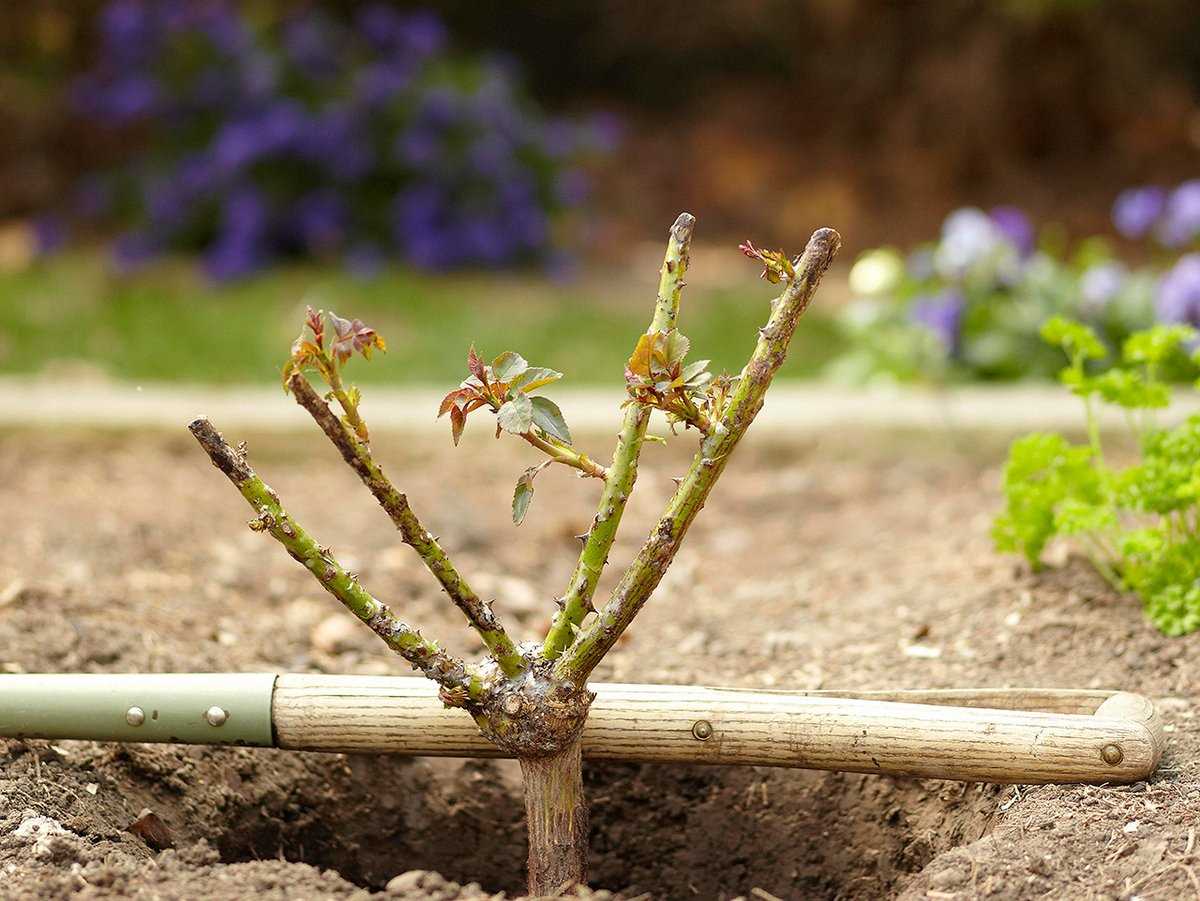
Для обрезки роз вам понадобятся острые садовые ножницы или секатор, а также перчатки для защиты рук. При обрезке розы также может понадобиться поддержка, например, в виде штыков или опорных конструкций. Подготовьте все необходимые инструменты и материалы заранее, чтобы быть готовыми к обрезке.
3. Обрезка побегов и листьев
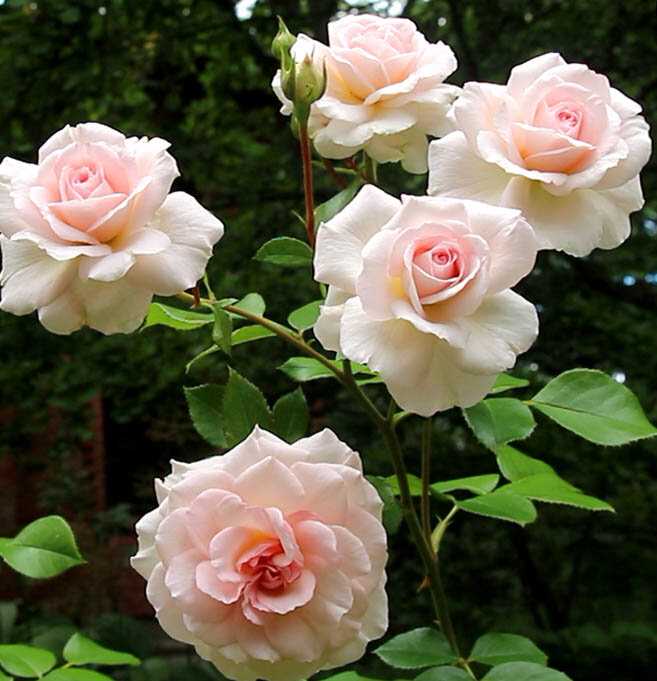
После осмотра посадочной ямы и подготовки необходимых инструментов можно приступать к обрезке роз. Сначала удалите все поврежденные, больные или слабые побеги. Обрежьте их до здоровой части стебля, оставив примерно 5-10 сантиметров от почки. Обрежьте также лишние листья, оставив только те, которые находятся над почками.
4. Формирование кроны розы
После удаления поврежденных и лишних побегов можно приступить к формированию кроны розы. Обрежьте верхушку саженца, чтобы стимулировать рост побегов вширь. Оставьте несколько сильных боковых побегов, расположенных на разных уровнях стебля, чтобы создать красивую и здоровую крону розы.
Следуя этим правилам, вы сможете правильно обрезать розы после посадки и обеспечить им хороший рост и развитие.
Вопрос-ответ:
Как выбрать качественные саженцы роз?
При выборе саженцев роз необходимо обратить внимание на следующие моменты. Во-первых, саженец должен иметь хорошо развитую корневую систему. Она должна быть здоровой, без гнили и сухости. Во-вторых, стебель и листья саженца должны быть зелеными и живыми, без признаков болезней и паразитов. В-третьих, саженец должен иметь хорошо развитую почку или почки, это свидетельствует о его жизнеспособности.
Как подготовить посадочную яму для роз?
Для посадки роз необходимо подготовить хорошо обработанную посадочную яму. Ее размер должен быть примерно в два раза больше размера корневой системы саженца. Глубина ямы должна быть такой, чтобы корневая шейка саженца была на уровне поверхности почвы. Дно ямы следует хорошо рыхлить и удобрить комплексным удобрением. Перед посадкой роз рекомендуется также залить яму водой и дать ей высохнуть.
Как правильно сажать розы в посадочную яму?
После подготовки посадочной ямы необходимо правильно посадить розы. Для этого саженец следует опустить в яму так, чтобы корневая шейка находилась на уровне поверхности почвы. Затем яму следует засыпать рыхлой и плодородной почвой, хорошо уплотнить и полить водой. Важно помнить, что после посадки розы необходимо обильно полить и укрепить саженец опорой.
Какая почва подходит для посадки роз?
Для успешной посадки розы необходима плодородная и хорошо дренированная почва. Розы предпочитают рыхлую почву с нейтральной или слабокислой реакцией. Если почва в вашем саду не соответствует этим требованиям, ее необходимо подготовить, добавив органическое удобрение, песок и известь. Также рекомендуется провести анализ почвы, чтобы определить ее состав и необходимые поправки.


